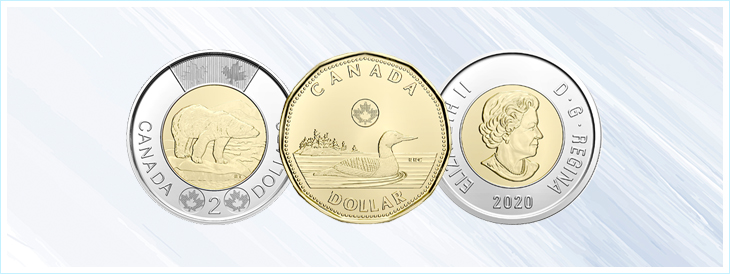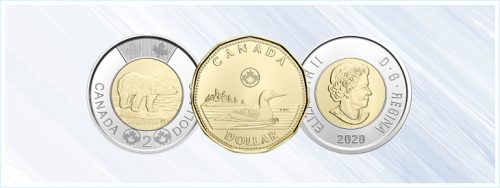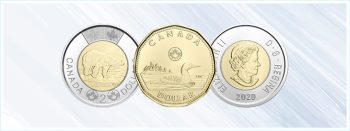Last updated on May 2nd, 2024 at 03:34 pm
Last Updated on May 2, 2024 Posted by Colonial Acres Coins
Of the different types of collectible coins available, proof coins are the most valuable. There are two main reasons for this. First, they are created especially as collector’s pieces, going through a different and more exacting process than what is used to mint most coins. Second, proof coins are minted in smaller quantities because of this meticulous manufacturing method. In these ways, proof coins are distinct from uncirculated coins, which are typically kept in mint condition for collecting purposes but are minted in the ordinary way.
How Is the Minting Process Different for Proof Coins?
The basic process for minting any type of coin is to create a die that has the image to be stamped on the coin in reverse. In other words, if an element is to be raised on the coin surface, it must appear recessed on the die. Then the die is installed on a special machine into which blank pieces of metal called planchets are fed. As the planchet goes through the machine, the die is brought down forcefully upon it, which causes the image, known as a device, to appear on the planchet.
The process for minting proof coins is similar but differs in several important respects:
-
Dies
The die used to produce a proof coin is manufactured carefully to bring out as much detail as possible on the coin. Then it is polished to ensure that the field is shiny and smooth in contrast to the images on the coin.
-
Planchets
Before minting proof coins, the planchets are placed among small balls made of stainless steel in a rotating barrel. The movement of the barrel causes the steel balls to repeatedly strike the planchets, polishing them in the process. Any foreign contaminants remaining on the planchets after polishing are washed away with a special solution.
-
Strike
The particular process used to stamp an image onto a coin is called the strike. A proof coin is generally created with a proof strike. This is different from the business strike used on coins meant to go into circulation. The business strike process is efficient and economical, but it leaves imperfections such as dings and scratches on the surface of the coins. A proof strike is more precise. The process involves two or more strikes, and the coins are handled with great care during and after. Instead of falling into bins as with the business strike, the coins are handled by an operator using soft-tipped tweezers or cotton gloves to avoid scratching them as they are removed from the coining press.
What Are the Distinguishing Characteristics of a Proof Coin?
Proof coins represent 20% of all uncirculated coins. Because of the special minting and handling process that they go through, proof coins are usually in pristine condition, without the scratches or other imperfections that other coins may attain during the minting process. The devices usually have a frosted appearance compared to the field, which is polished to a mirror-like finish.
A proof coin is typically sold in its own special packaging and/or in a special display. A proof coin may be packaged and sold on its own. However, it is also common for a mint to produce a series of proof coins and sell them as a set. The coins in the set may be thematically related in some way. For example, some commemorate the life of a notable person or celebrate a significant event.
How Do You Purchase Proof Coins?
Sometimes proof coins are available directly from the mint. You can also purchase them from a reputable dealer such as Colonial Acres Coins. Here you can find a variety of proof coins, mostly from Canada and the United States. Check out our unique deals today!




